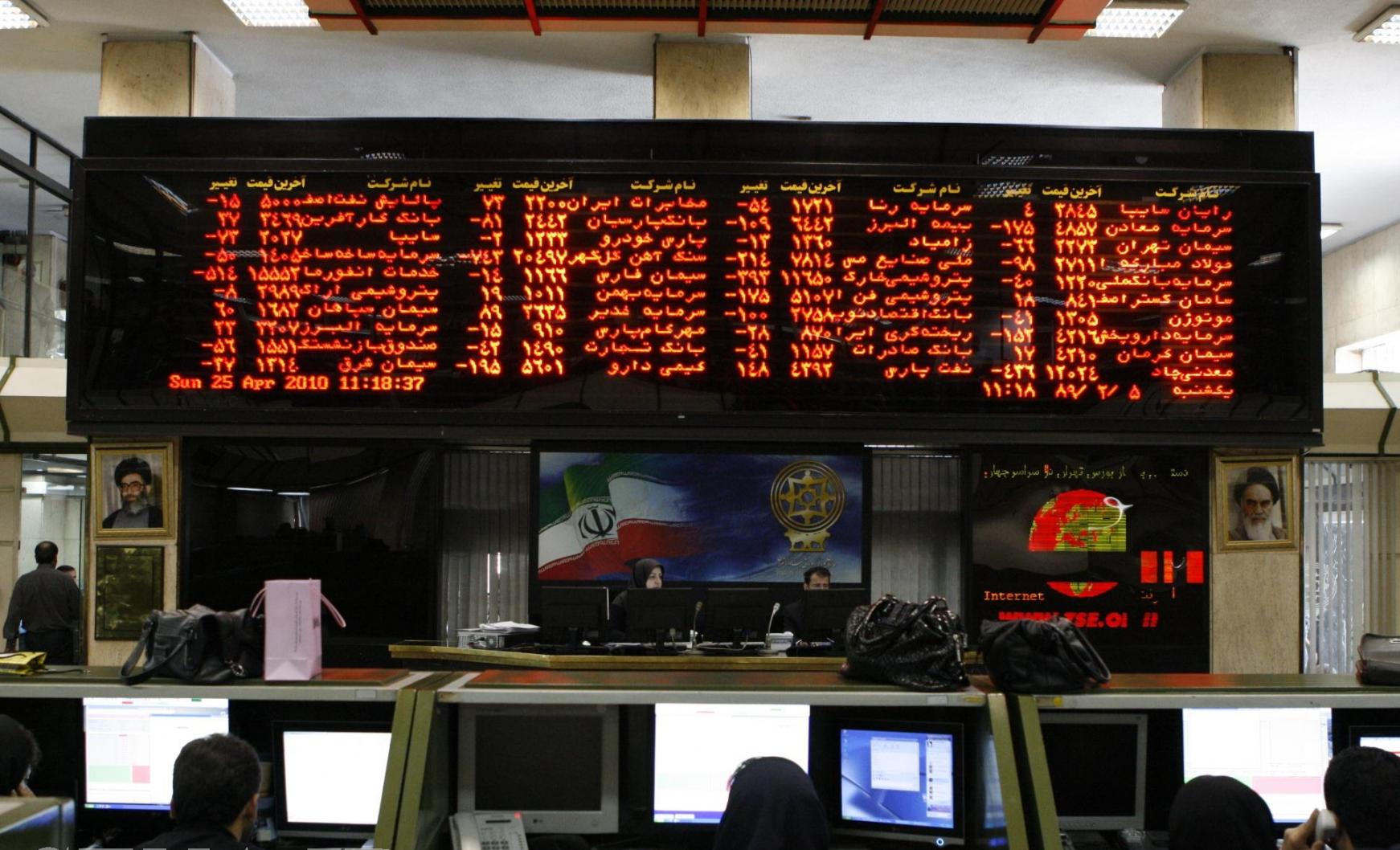Iran’s two equity markets diverged in the first half of the current Iranian year that started on March 20.
Equities on both Tehran Stock Exchange and Iran Fara Bourse took hits during the first quarter in the face of weak economic prospects and political uncertainty. However, they broke stride in the second quarter and recovered some of their earlier losses.
Trouble among Iran’s largest companies, especially banks, is dragging on TSE. Its main index, TEDPIX, lost 4.7% during the first half of the year and closed at 76,450.90 points on Wednesday. The smaller companies on the IFB were better off. IFB’s benchmark, IFX, edged up 1.3% to 815.96 points for the period, driven by gains in the petrochemical industry.
First Quarter Losses
Stocks on Tehran Stock Exchange were hammered in the first quarter, as industrial output fell short of expectations and investors were disappointed from the slow pace of Iran’s reconnection with the international economy in the post-sanctions era.
TSE shed a tenth of its size during the period and sank to a five-month low of 72,615 points at the end of the first quarter. Its more vibrant rival, IFB, also sank 5.9% to a five-month low of 757.67 at the end of the first quarter.
Tehran agreed to limit its nuclear program in exchange for the removal of international sanctions that were compounding the effects of Iran’s economic crisis, in negotiations with world powers in July 2015. The removal of sanctions in January sent stocks soaring in Tehran but the rally was short-lived.
With the start of the current Iranian year, reality hit—investors found that a combination of poor anti-money laundering regulations and murky ownership structures of Iranian banks, along with remaining non-nuclear US sanctions, were scaring off foreign business—and markets tanked.
Both markets bottomed at the end of the first quarter on June 20. But, moods changed rapidly and share prices rebound, erasing most of the previous quarter’s losses in July. However, the recovery soon lost steam and markets flatlined.
TEDPIX rose 5.3% during the second quarter, erasing around half its first quarter losses. IFB’s recovery was sharper, as IFX advanced 7.6% during the period.
Weaker Rial
The rial steadily dropped against the dollar in the first half of the year. The greenback rose 3.8% versus the rial during the period. It changed hands at 35,870 rials per dollar by Wednesday’s market close on Ferdowsi Street—one of Tehran’s main hubs of currency trading.
The Central Bank of Iran also weakened its benchmark exchange rate for the rial by 3.9% to 31,410 rials per dollar, keeping the gap between the two rates around 14%. The bank promised a year ago to unify Iran’s exchange rate regime, but it has yet to fulfill that promise, though bank officials have constantly renewed that promise while postponing its deadline.


